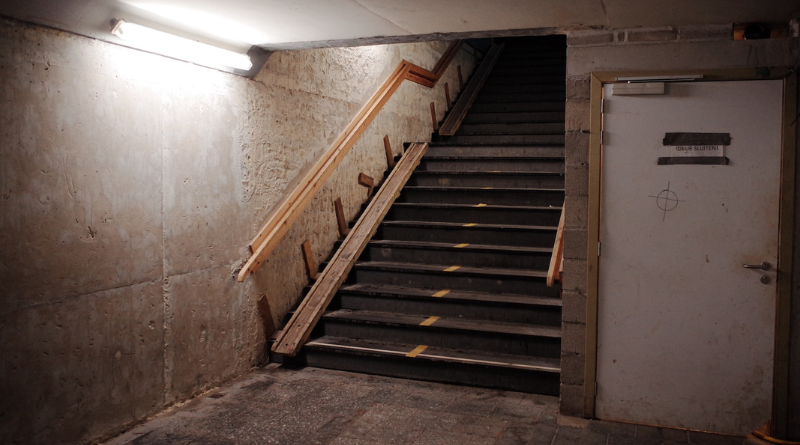Are you tired of shivering in the cold room of your basement? Do you wish there was a way to make it more comfortable without spending too much money? Looking for the best way to heat a basement?

If so, then this article is for you! We will provide step-by-step instructions on how to insulate your cold room and make it warm and cozy.
You don’t need any special tools or skills; all you need is some time and effort. We’ll cover everything from choosing the right insulation material for your budget, prepping the walls, installing insulation materials, and finishing touches that can help keep out drafts. So if you want to save energy costs while making sure your family stays warm this winter season, read on!
How Do I Insulate My Cold Room In My Basement?
Insulating your cold room can be a great way to make the most of your basement and protect your family from the harsh winter temperatures. You don’t need any special tools or skills; all you need is some time and effort. The first step is to choose an insulation material that fits within your budget and meets the necessary standards, such as R-value. Second, prep the walls by sealing off any cracks and holes before laying down a vapor barrier for added protection against moisture. Third, install the insulation material on your walls according to manufacturer guidelines. If you have extra space in between acoustical tiles or other wall coverings, back them up with additional insulation materials as well. Finally, add finishing touches like door sweeps and weatherstripping around windows to help keep out drafts of cold air once winter arrives! With these simple steps, you can insulate your cold room quickly while spending less money!
What Kind of Insulation Do You Use in a Cold Room?
When installing insulation in a cold room, it is essential to choose the best materials that promote energy efficiency and fit within your budget. The most common type of insulation for cold rooms is fiberglass or mineral wool batt or roll insulation, which comes in various lengths and thicknesses to meet different needs. To further increase efficiency, you can also use foam board insulation, spray foam insulation, reflective bubble foil wrapping (often referred to as radiant barrier), and even rigid foam panels with filler around pipes or ducts. If you’re looking for more aesthetically-pleasing solutions, consider adding an acoustic panel on the wall behind the drywall prior to installation of any other material. Once everything is installed correctly with minimal gaps between boards and filled cavities; you can rest assured that your cold room will be properly insulated!
How Do I Keep a Cold Room Warm Without a Heater?
Keeping your cold room warm without a heater is possible with some simple tricks. First, cover any drafty areas to prevent cold air from getting in. Use weatherstripping around windows and door frames, and make sure the door has a tight seal when closed. You can also add insulation materials such as fiberglass bats or rolls, foam boards, spray foam, reflective bubble foil wrapping (aka radiant barrier), or even rigid foam panels to boost efficiency. Additionally, use heavy curtains and rugs on your floor to trap heat indoors during sunny days. Finally, try placing several potted plants in your cold room for added warmth – their leaves release moisture into the air which acts as an insulator and reduces chilliness! With these tips in mind you can keep your cold room warm without ever needing to turn on a heater!
Also read: How Do You Deal With a Cold Basement?

